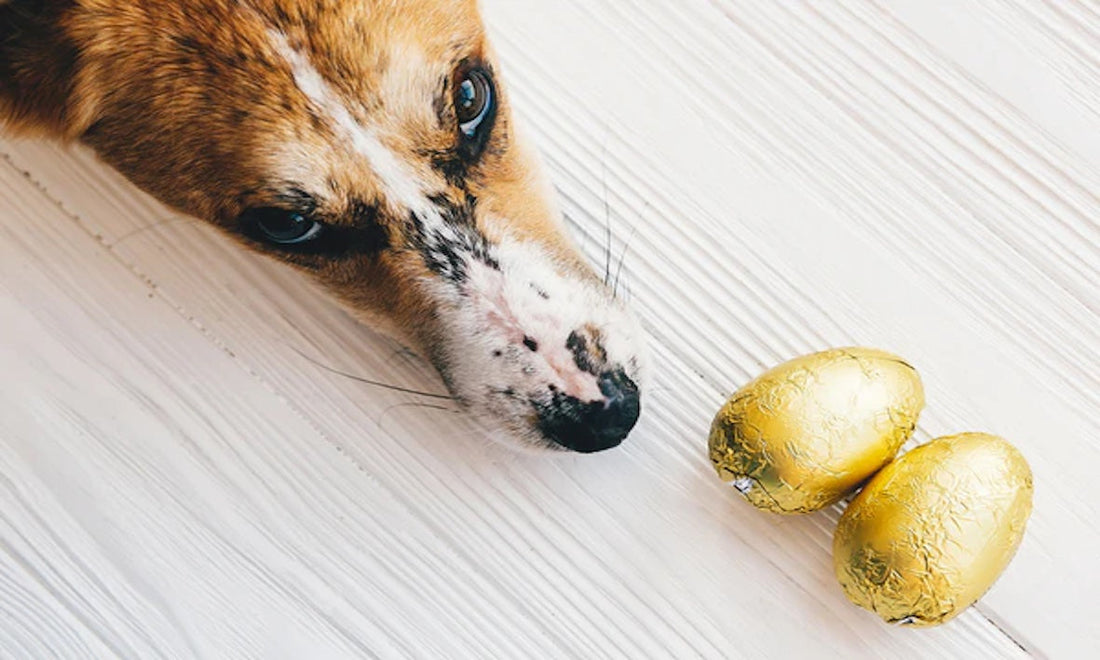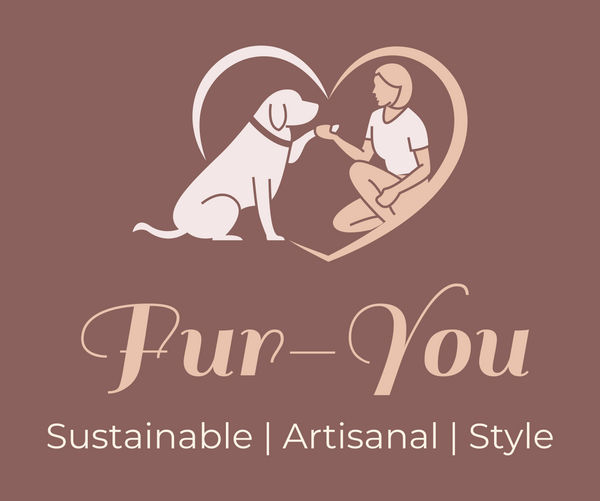
Uh-Oh, My Dog Ate My Easter Chocolate! What Now?

What to Do If Your Dog Finds Your Easter Egg Stash
Easter is a time for indulging in chocolate treats, but while we might love our secret stash, our dogs’ powerful noses often lead them straight to it—no matter how well we think we've hidden it! Since chocolate is toxic to dogs, knowing what to do in this situation can make all the difference.
Step 1: Stay Calm and Assess the Situation
If you discover your dog has raided your Easter chocolate, don’t panic. First, determine how much and what type of chocolate they’ve eaten. Dark chocolate and cocoa powder are the most dangerous due to their high theobromine content, while milk chocolate is less toxic but still harmful in large amounts.
Step 2: Check for Symptoms of Chocolate Toxicity
Symptoms of chocolate poisoning in dogs can appear within six to twelve hours and may include:
- Vomiting
- Diarrhoea
- Rapid breathing or panting
- Increased heart rate
- Restlessness or hyperactivity
- Muscle tremors or seizures
- If you notice any of these signs, seek veterinary help immediately.

Step 3: Call Your Vet or a Pet Poison Helpline
Even if your dog isn’t showing symptoms yet, call your vet as soon as you realize they’ve eaten chocolate. Provide details such as their weight, the type of chocolate, and the estimated amount consumed. Your vet will guide you on whether your dog needs urgent treatment.
Step 4: Be Prepared for the Vet’s Recommendations
Depending on the severity, your vet may suggest:
- Monitoring at home if the amount consumed is small
- Inducing vomiting (only under veterinary guidance!)
- Activated charcoal to prevent further absorption
- IV fluids or medication to support your dog’s system
- Step 5: Prevent Future Chocolate Mishaps
To avoid future scares:
- Store chocolate in sealed containers on high shelves
- Remind family and guests to keep sweets out of reach
- Educate children on why sharing chocolate with pets is dangerous
For further expert advice, check out resources from trusted vet associations and animal poisons helplines:
Keeping your pup safe means staying informed and prepared. Have a plan in place so that Easter stays fun and stress-free for both of you!

